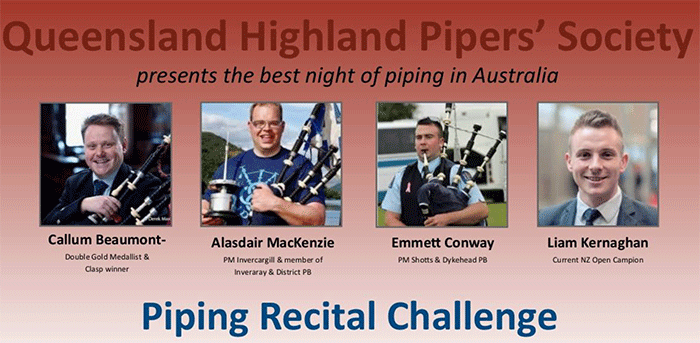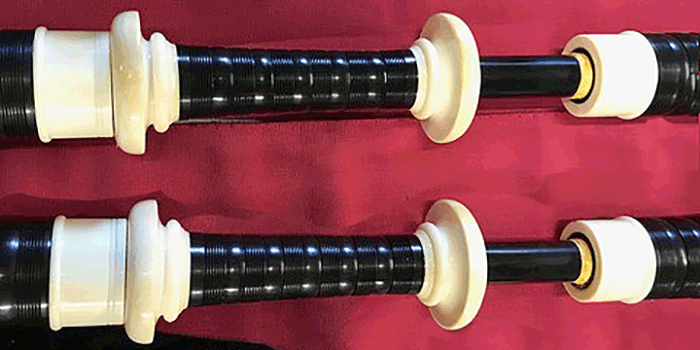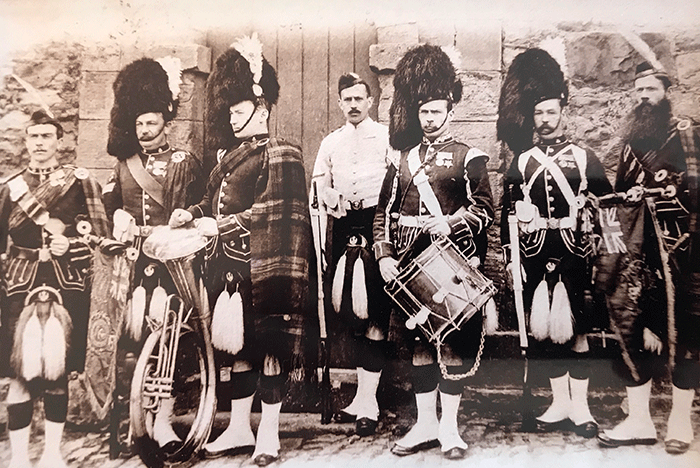In Adelaide for the RU Brown Gold Medal competitions. On arriving one is yet again impressed by this most English of cities and of the state in general. The coming place? South Australia has arrived. Everywhere one looks is spectacular development, order, parkland, litter-less walkways, a wonderful autumn climate ……. and piping’s doing well too.
Local teacher Brett Tidswell tells me of hundreds of youngsters studying the piob mhor, this reflected in the very large entries for the lower grades on Saturday and Sunday.
Conflicting events in Queensland and Victoria have affected the senior entries, says Brett, but these contests and recitals just emphasise my earlier point – piping is doing well here and passion for the music and the instrument is not confined to any one particular Australian state.

Conflicts of the calendar again (and maybe a bit of rivalry), but Australia is vast and if everyone keeps the level of instruction going in the various milieux it won’t be long before we have more Gold Medallists and Grade 1 bands from this continent. It might take a generation, but the credit will go to those who are currently spreading the word, hammering the gracenotes. In the larger scheme, localised squabbles are just that.
[wds id=”2″]
A fine set of Henderson pipes is offered for sale on the PP Online Ads page. Check them out here.

A recording made of Iain Speirs playing Lament for MacLeod of Colbeck at the Piobaireachd Society Conference last month is now on the Society website. Check it out here.(Scroll down the page.)
Don’t forget also that you can now buy, direct from the Society, digital copies of their world beating collection, books 1-16. You can get the lot for only £100 or individual books for £8. A bargain. The Kilberry Book is a snip at £15 and the invaluable ‘Sidelights’ a mere £10.

Even if you already have the hard copies it is always worth having a digital version to hand on your iPad or tablet. Updates on the books will be issued from time to time, making the digital versions a very valuable, current, resource.
Buy your digital books here. Each sale helps the Society, a registered charity, in its work.
Now here’s a very interesting picture taken at Edinburgh Castle in 1906. Was this an early instance of pipe and military band playing together? Does any reader know when the Army first started this tradition?

The pipe/mil. band collaboration reached its commercial apotheosis with the Royal Scots Dragoon Guards and their ‘Amazing Grace’ back in the 70s and has been a feature of military tattoos and ceremonials ever since. But when did it start?
In the early days the flatter pitched chanters would have chimed easily with the Eb/Bb of the brass, so it seems reasonable to assume that it worked well from the off.
As the pitch rose in the 1960s, marrying the two would have been increasingly difficult but the advent of Bb chanters pioneered by Bob Shepherd a few years ago made military/pipe band combos an easy to achieve musical fusion.
Tomorrow sees the SPA Professional at the NPC in Otago Street and MacPhater Street in Glasgow. Get along and support the Association if you can. We’ll post the results as we get them.
[wds id=”8″]
















That photograph is of the pipers, drummers and musicians of the 1st Battalion The Queen’s Own Cameron Highlanders at Edinburgh Castle after their return from the Egyptian Campaign of 1882 in 1889. The Pipe Major is MacKillop who was appointed Pipe Major after the untimely death of Grant in 1883.
I am going completely by memory so I cannot quite recall MacKillop’s Christian name.